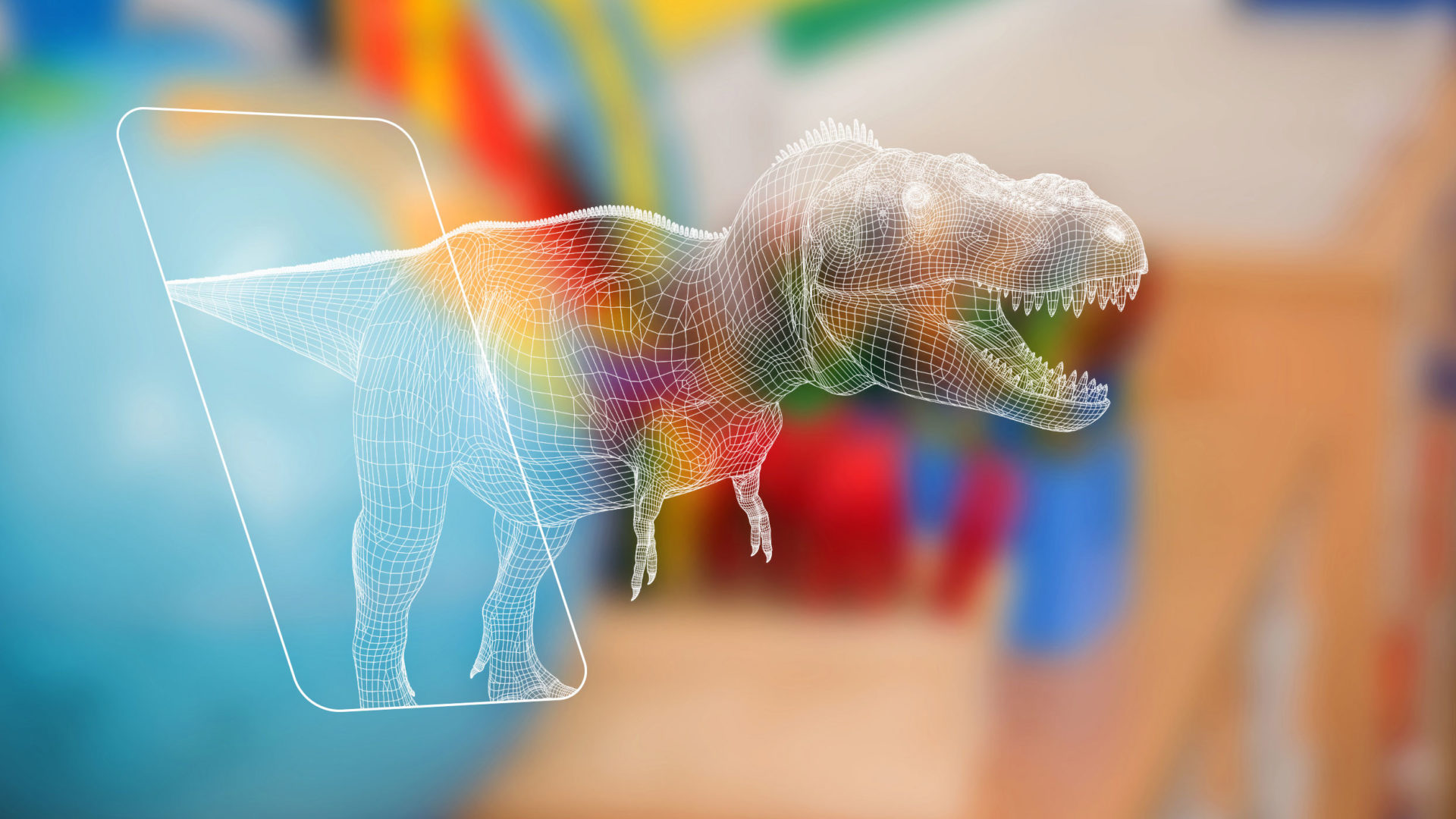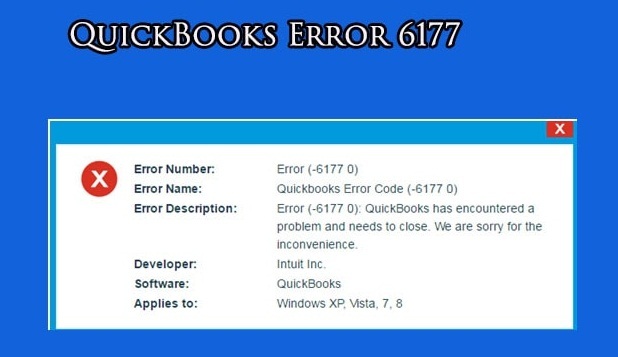Key 3D Modeling Trends For the Future
3D modeling involves the creation of three-dimensional objects using simulated software. The resulting 3D model can be as simple or as complex as possible. 3D modeling begins by creating simple shapes that are refined to create highly complex models. Sometimes, real-world objects are scanned with a 3D scanning device and uploaded into the software to create 3D models.
3D modeling uses
3D models are heavily used in the entertainment industry. From hyper-realistic video games to movie sequences, 3D modeling technologies are widely used to create a realistic virtual world for users and views. 3D modeling is also immensely useful in the medical industry as it helps surgeons practice complex surgical procedures on 3D models without risking the lives of their patients. Many prosthetics have been successfully built using 3D models. Various manufacturing industries also exploit 3D models to visualize their products perfectly. Such 3D models are used right from the production stage until the end of the marketing pipeline.
The construction and architecture industry uses 3D modeling to create an architectural visualization. The advertising industry is also beginning to enjoy the benefits of 3D modeling. Interactive advertisements with catchy visualizations attract the interest of the end-users, creating a whole new adverting opportunity. The recreational industry involving cosplay and costume making also uses 3D modeling to incorporate reality into imaginary objects.
3D modeling trends
The 3D modeling technology continues to grow leaps and bounds in recent times. Four decades ago, 3D images were used in computer graphics to create unimaginable action sequences in movies. With the advancement in 3D simulation software technologies, 3D modeling has gained prominence. The introduction of 3D printing has further increased the demand for 3D modeling services as interactive prototypes of complex products can be created quickly and effectively using 3D modeling and printing techniques.
Virtual reality games
Virtual reality is one of the biggest trends taking over every possible industry. It allows people to live in a fantasy world. The virtual realm can be as terrifying or as complicated as you want. Immersive 360° 3D model prototypes can be created, which are expected to create a whole new trend in the video gaming industry. Such models are also expected to help the architecture and construction industries.
Healthcare treatments
The horror video game genre continues to receive a heavy backslash for the extensive use of realistic 3D models. However, 3D modeling and VR gaming technology are now found to be effective in therapeutic treatments such as treatments for post-traumatic stress disorder (PTSD) and other similar mental illnesses that are highly specific to the patients.
Advertising
3D images and photographs for advertising are not sufficient anymore. Businesses and brands are looking beyond 3D logos and designs. 3D visualization is the latest trend in the advertising industry as it allows more interaction with the product for end-users. 3D prototypes allow investors to get a closer look at the product, which will attract funding. Even the e-commerce industry has started using 3D models of products to allow the customers to feel the product rather than looking at static images.
Moving toward flowing shapes geometry
Traditional shapes and forms are not relevant in 3D modeling anymore. The 3D graphics allow for the creation of 3D designs and visualization, combining human forms with customizable elements. The division between ordinary and three-dimensional graphics continues to fade because surrealism is a natural result of 3D modeling.
Augmented reality
3D technology has opened up new doors for augmented reality applications. The Snapchat and Facebook filters are examples of augmented reality using 3D images. While this brings end-users closer to 3D modeling, 3D graphics are still difficult to create as they require expensive software and tools.
Virtual 3D tours
The real estate industry benefits greatly by using virtual 3D tours for selling old and yet-to-be-built properties. Nobody likes to read a long brochure that highlights the property’s features. Looking at static images is not engaging. However, virtual tours enable potential buyers to get up close and personal to the property from any mobile device.
Manufacturing industries also use virtual 3D tours of their products, increasing end-user engagement. Virtual tours are now widely used as marketing tools for various businesses. Even though it requires an initial investment, virtual tours of products can be used at any time of the day as they have indefinite validity.
Advanced data visualization
The introduction of machine learning and artificial intelligence technologies uses large volumes of data to derive highly complicated analytics. The 3D imaging industry allows for advanced data visualization, making the data come alive. Polyhedral visualizations are dynamic, allowing for more understanding of incoherent data. Data is crucial to ML technologies, and the 3D industry is expected to introduce new data science techniques.
The demand for 3D modeling and mechanical engineering services continues to evolve and grow. It is already proving useful for the health care, real estate, construction, and manufacturing sectors. Every industry can use 3D virtual tours and advertising tools to improve the customer experience greatly. The demand for affordable, flexible, and reliable 3D modeling is expected to gain prominence in the foreseeable future.







